detail profile buddy guy
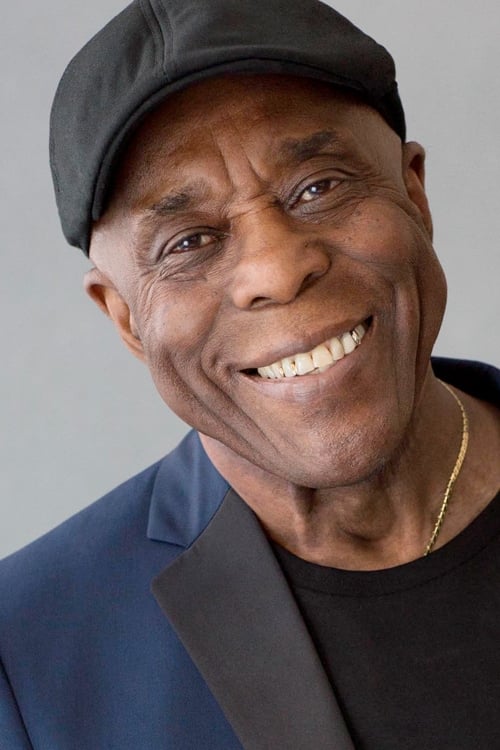
Riwayat Hidup
George "Buddy" Guy (born July 30, 1936) is an American blues guitarist and singer.
He is an exponent of Chicago blues and has influenced eminent guitarists including Eric Clapton, Jimi Hendrix, Jimmy Page, Keith Richards, Stevie Ray Vaughan, Jeff Beck and John Mayer.
In the 1960s, Guy played with Muddy Waters as a house guitarist at Chess Records and began a musical partnership with the harmonica player Junior Wells.
Guy was ranked 30th in Rolling Stone magazine's "100 Greatest Guitarists of All Time".
His song "Stone Crazy" was ranked 78th in the Rolling Stone list of the "100 Greatest Guitar Songs of All Time".
Clapton once described him as "the best guitar player alive".
In 1999, Guy wrote the book Damn Right I've Got the Blues, with Donald Wilcock.
[6] His autobiography, When I Left Home: My Story, was published in 2012.
Info Pribadi
Peran Yang Di Mainkan Buddy Guy
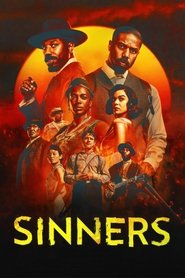 Trying to leave their troubled lives...
Trying to leave their troubled lives...Sinners 2025
Trying to leave their troubled lives behind, twin brothers return to their hometown to start again, only to discover that an even greater evil is waiting to welcome them back.
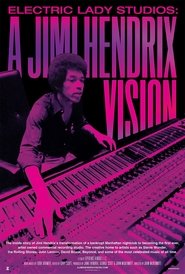 Electric Lady Studios A Jimi Hendrix...
Electric Lady Studios A Jimi Hendrix...Electric Lady Studios: A Jimi Hendrix Vision 2024
Electric Lady Studios: A Jimi Hendrix Vision is a feature-length documentary film chronicling the creation of Electric Lady Studios, rising from the rubble of a bankrupt, Greenwich Village nightclub to the state of the art recording facility inspired by Jimi Hendrix’s vision and becoming the first ever, artist owned commercial recording studio.
 In 1990 and in 1991 Eric Clapton played 24...
In 1990 and in 1991 Eric Clapton played 24...Eric Clapton: Across 24 Nights 2023
In 1990 and in 1991 Eric Clapton played 24 nights at the Royal Albert Hall performing with different line-ups and sets featuring Blues, Rock, and a full Orchestra. The performances have become legendary to Eric Clapton fans. Over thirty years later this film, edited from the original footage and completely remastered in Dolby Surround Sound, captures for the first time the definitive performances across all the sets over both years. The film features 17 hits from across his repertoires showing Clapton at his most exhilarating, collaborating with top musicians.
 The story of James Cotton harmonica...
The story of James Cotton harmonica...Bonnie Blue: James Cotton's Life in the Blues 2022
The story of James Cotton, harmonica powerhouse, whose music shaped blues and rock. Orphaned at 9, Cotton’s life tracks America’s history—from the post-depression cotton fields of the Mississippi Delta to being mentored by the original Delta bluesmen, to Chicagoland’s artistic reinvention to the live music scene in Austin, Texas.
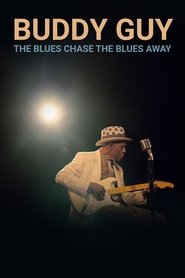 Chicago blues great Buddy Guy never...
Chicago blues great Buddy Guy never...Buddy Guy: The Blues Chase The Blues Away 2021
Chicago blues great Buddy Guy never was the same after he heard John Lee Hooker’s seminal “Boogie Chillun’” while growing up in his rural stomping grounds of Lettswork, Louisiana. In 1957 he set out for the Windy City and its vibrant blues scene, where he played his way into the clubs, cut records, befriended and gigged with other greats (Muddy Waters, Howlin’ Wolf, Otis Rush), forged his skillful, intense, wild persona, hit the road, influenced new generations of musicians (Mick, Keith, Eric, Stevie Ray Vaughan), performed at the Obama White House and collected nine Grammys along the way. Supported by a sumptuous assemblage of performance footage, testimonials from those he’s inspired (including Clapton, Carlos Santana, Gary Clark Jr., and John Mayer) and some classic blues licks, Buddy Guy: The Blues Chase the Blues Away finds Guy (now a young 84) looking back at his life, providing valuable insight into his music while leaving room for some memorable anecdotes.
 Featuring neverbeforeseen home movies and photographs...
Featuring neverbeforeseen home movies and photographs...The Quiet One 2019
Featuring never-before-seen home movies and photographs, musician Bill Wyman opens up his vast personal archives to share stories and memories of his three-decade stint as bassist of the Rolling Stones.
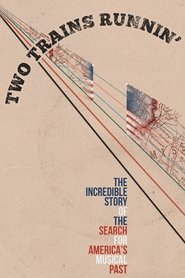 The search of several young white...
The search of several young white...Two Trains Runnin' 2016
The search of several young, white men for blues singers who have been missing for decades coincides with the Civil Rights Movement in Mississippi in the 1960s.
 A portrait of Keith Richards that...
A portrait of Keith Richards that...Keith Richards: Under the Influence 2015
A portrait of Keith Richards that takes us on a journey to discover the genesis of his sound as a songwriter, guitarist and performer.
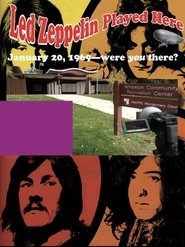 1969 Man lands on the moon Half...
1969 Man lands on the moon Half...Led Zeppelin Played Here 2014
1969. Man lands on the moon. Half a million strong at Woodstock....and Led Zeppelin perform in the gym of the Wheaton Youth Center in front of 50 confused teenagers. Or did they? Filmmaker Jeff Krulik chronicles an enduring Maryland legend, of the very night this concert was alleged to have taken place, January 20, 1969, during the first Presidential Inauguration of Richard Nixon. Led Zeppelin Played Here presents a mid-Atlantic version of what was happening nationwide as the rock concert industry took shape. Featuring interviews with rock writers, musicians, and fans, and several who claim they were witnessing history that night.
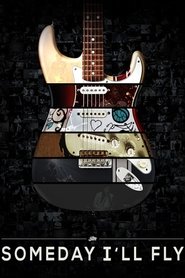 John Mayer Someday Ill Fly chronicles...
John Mayer Someday Ill Fly chronicles...John Mayer: Someday I'll Fly 2014
John Mayer: Someday I'll Fly chronicles the musical evolution of one of the most influential solo artists of his generation. Featuring rare demos, interviews and live performances; it is told in it's entirety from Mayer's perspective. Centered mostly on his career and professional accomplishments, Someday I'll Fly strips away the typical gossip surrounding Mayer to provide an intimate look at the life and career of a lauded musician.
 Born In Chicago is a soulful...
Born In Chicago is a soulful...Born In Chicago 2013
"Born In Chicago" is a soulful documentary film that chronicles a uniquely musical passing of the torch. It’s the story of first generation blues performers who had made their way to Chicago from the Mississippi Delta and their ardent and unexpected followers – young white, middle class kids who followed this evocative music to smoky clubs deep in Chicago’s ghettos. There, against all odds, they were encouraged by the greats who had became their musical mentors and learned the art of the blues at the feet the masters, going on to make the music their own.
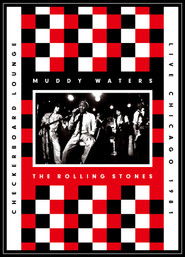 On November 22 1981 in the middle of...
On November 22 1981 in the middle of...Muddy Waters and The Rolling Stones - Live at the Checkerboard Lounge 2012
On November 22, 1981, in the middle of their mammoth American tour, the Rolling Stones arrived in Chicago prior to playing 3 nights at the Rosemont Horizon. Long influenced by the Chicago blues, the band paid a visit to Muddy Waters' club the Checkerboard Lounge to see the legendary bluesman perform. It didn't take long before Mick Jagger, Keith Richards, Ronnie Wood, and Ian Stewart were joining in on stage and later Buddy Guy and Lefty Dizz also played their part. It was a unique occasion that was fortunately captured on camera. Now restored from the original footage and with sound mixed and mastered by Bob Clearmountain, this amazing blues night is being made available in an official release for the first time.
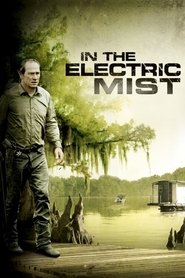 Lt Dave Robicheaux a detective in...
Lt Dave Robicheaux a detective in...In the Electric Mist 2009
Lt. Dave Robicheaux, a detective in New Iberia, Louisiana, is trying to link the murder of a local hooker to New Orleans mobster Julie (Baby Feet) Balboni, who is co-producer of a Civil War film. At the same time, after Elrod Sykes, the star of the film, reports finding another corpse in the Atchafalaya Swamp near the movie set, Robicheaux starts another investigation, believing the corpse to be the remains of a black man who he saw being murdered 35 years before.
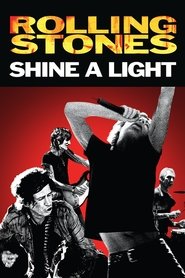 Martin Scorsese and the Rolling Stones...
Martin Scorsese and the Rolling Stones...Shine a Light 2008
Martin Scorsese and the Rolling Stones unite in "Shine A Light," a look at The Rolling Stones." Scorsese filmed the Stones over a two-day period at the intimate Beacon Theater in New York City in fall 2006. Cinematographers capture the raw energy of the legendary band.
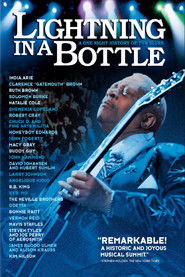 On February 7th 2003 renowned artists across...
On February 7th 2003 renowned artists across...Lightning in a Bottle 2004
On February 7th, 2003, renowned artists across multiple music genres and generations commandeered the stage at New York City's Radio City Music Hall to pay tribute to their common heritage and passion - the blues. Shared with thousands of fans in attendance, legendary performers from roots, rock, jazz and rap joined forces for a once-in-a-lifetime "Salute To The Blues" benefit concert whose proceeds went to musical education.
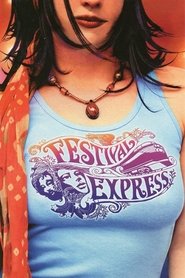 The filmed account of a large...
The filmed account of a large...Festival Express 2003
The filmed account of a large Canadian rock festival train tour boasting major acts. In the summer of 1970, a chartered train crossed Canada carrying some of the world's greatest rock bands. The Grateful Dead, Janis Joplin, The Band, Buddy Guy, and others lived (and partied) together for five days, stopping in major cities along the way to play live concerts. Their journey was filmed.
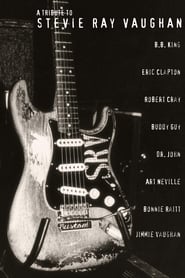 One by One the musicians climb...
One by One the musicians climb...A Tribute to Stevie Ray Vaughan 1996
One by One, the musicians climb on stage and take their places: B.B. king, Eric Clapton, Buddy guy, Robert Cray, Bonnie Raitt, Jimmie Vaughan, Dr, john and Art Neville. Vaughan, standing at center stage, launches into "Six Strings Down," A moving tribute to his late brother, Stevie Ray, whose memory has drawn this group together. The guitarists fall in, each finding a corner of the song to call their own; King plays fills to Clapton's solo, Cray fires off economical, chiming counterpoint to Raitt's stinging slide, and Guy unleashes piercing single-notes bends to answer Vaughan, who's finger-picking the main theme on his battered Stratocaster. Suddenly, the song blasts into the stratosphere, a gorgeous mosaic of clarion guitar tones.
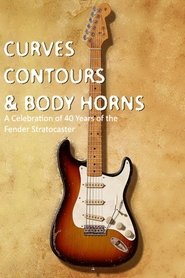 Now recognized as one of the...
Now recognized as one of the...Curves Contours & Body Horns 1993
Now recognized as one of the best electric guitars ever designed, Leo Fender's Stratocaster is a vital ingredient of American popular culture. Its completely unconventional design and construction have rendered it the most copied of all modern electric guitars. This documentary celebrates 40 years of the history of the Fender Stratocaster.
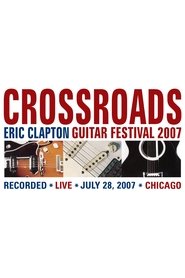 DoubleDVD Captures Highlights from Festival With...
DoubleDVD Captures Highlights from Festival With...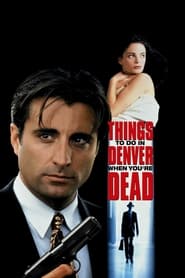 Five different criminals face imminent death...
Five different criminals face imminent death...